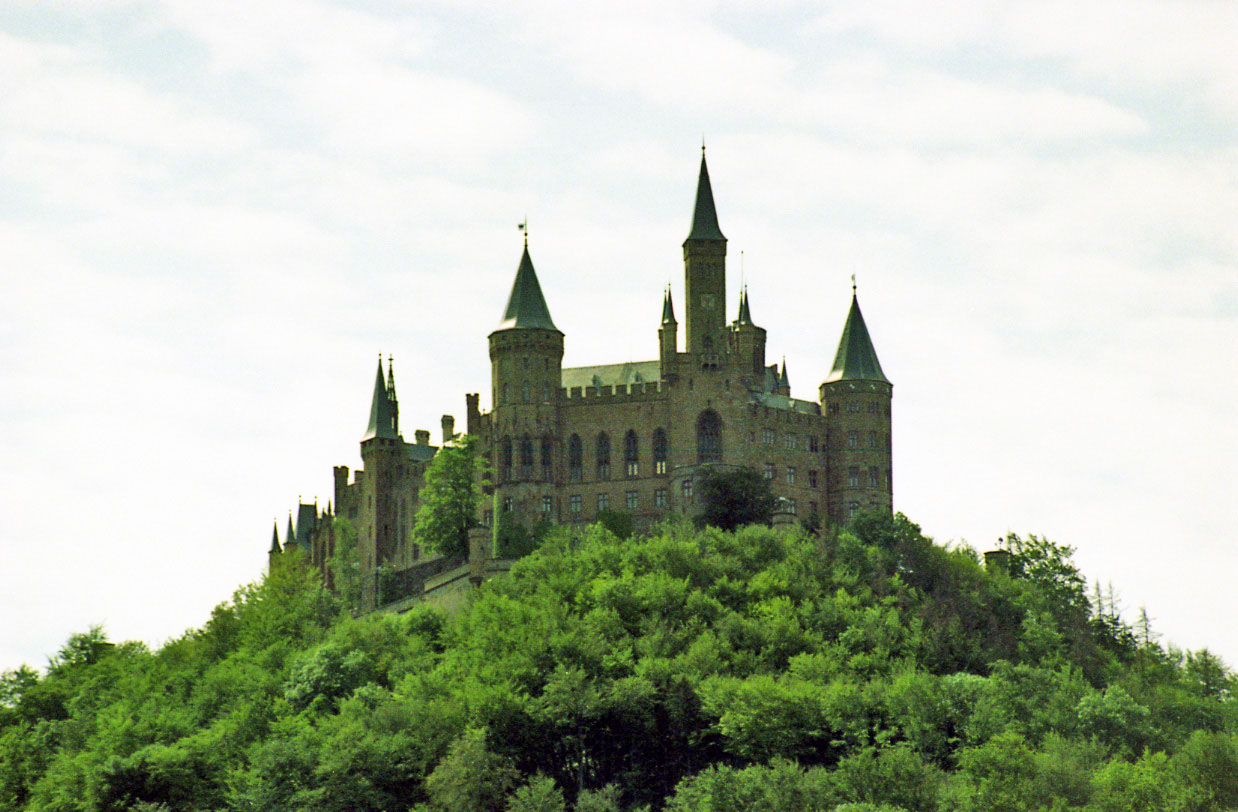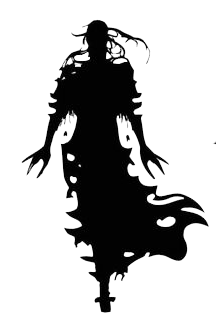Ghost of Schloss Hohenzollern
Schloss Hohenzollern is one of Germany's most famous castles and tourist destinations. It resides atop the cone-shaped Zollern Mountain in the Swabian Alps of southern Germany and is the ancestral seat of the imperial House of Hohenzollern, the Prussian Royal Family.

The current castle is the third castle in this location and was built from 1850 to 1867 by Prince Frederick William IV of Prussia, as a monument to German Romanticism, incorporating an idealized vision of a medieval knight's castle.
The castle, prior to its 19th-century iteration, was built in its current location in 1454. It saw action during the Thirty Years' War and fell under Habsburg control for about a hundred years. It began to fall into ruin when the last Austrian owner left the castle in 1798.
The castle was rarely used as a residence; instead, it was primarily used as a showplace and museum. However, the castle has a resident spirit who visits from time to time.
German legend describes a White Lady of Hohenzollern as a figure draped in a long white veil, holding a ring of keys, and possessing knowledge of the whereabouts of the hidden Nibelungen treasure.
When her ghost appears, she reveals hints of her secret, as seen in instances where she knocks on the side of the mountain or opens a door that illuminates the room with visions of gold and jewels.
A second legend names the White Lady as the spirit of Countess Kunigunde of Orlamunde, born in 1303. She was a German Noblewoman and nun who became the Abbess of the Convent of the Celestial Throne in Nuremberg. German folklore refers to her as the "Weiße Frauen of Hohenzollern", or White Lady of Hohenzollern.
She was in love with Albrecht of Zollern and Nuremberg. Albrecht rejected her advances, stating he would marry her if "four eyes did not stand in the way," referring to his parents. The countess misinterpreted this statement and thought Albrecht was referring to her two children from a previous marriage. So, she stabbed both their eyes out, killing both children.
She sought absolution for her sins by taking a pilgrimage to Rome to see the Pope. As penance, the Pope ordered her to build a monastery and then enter a life of consecrated service as a nun. The legend ends up with her as a ghost, haunting the castles of the House of Hohenzollern.
The appearance of the White Lady typically foreshadows a tragic event or impending death within the Hohenzollern family.
